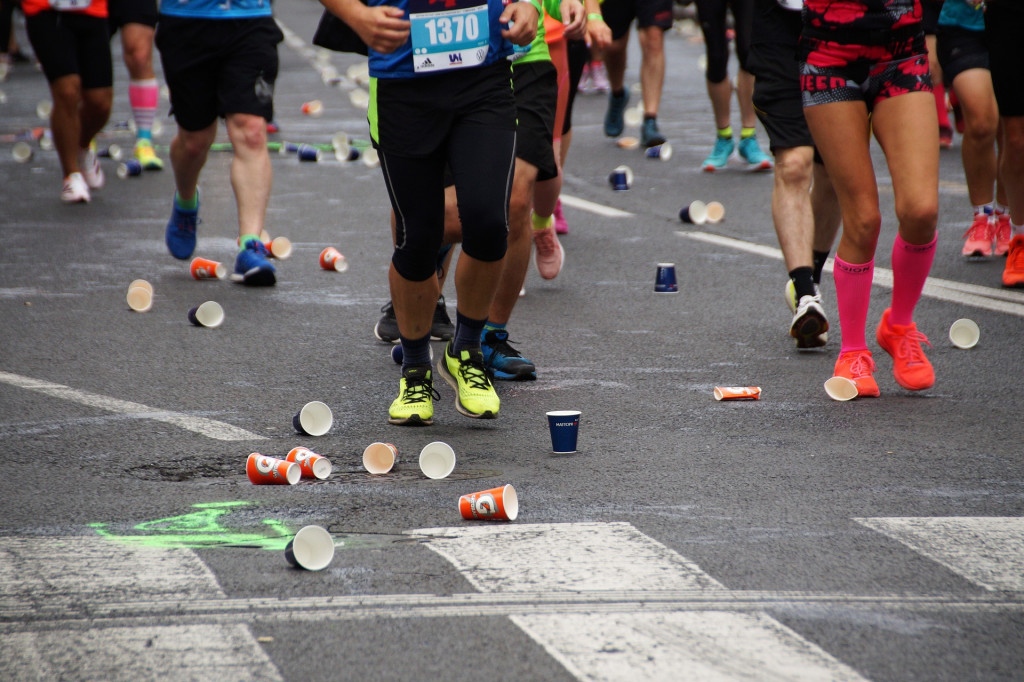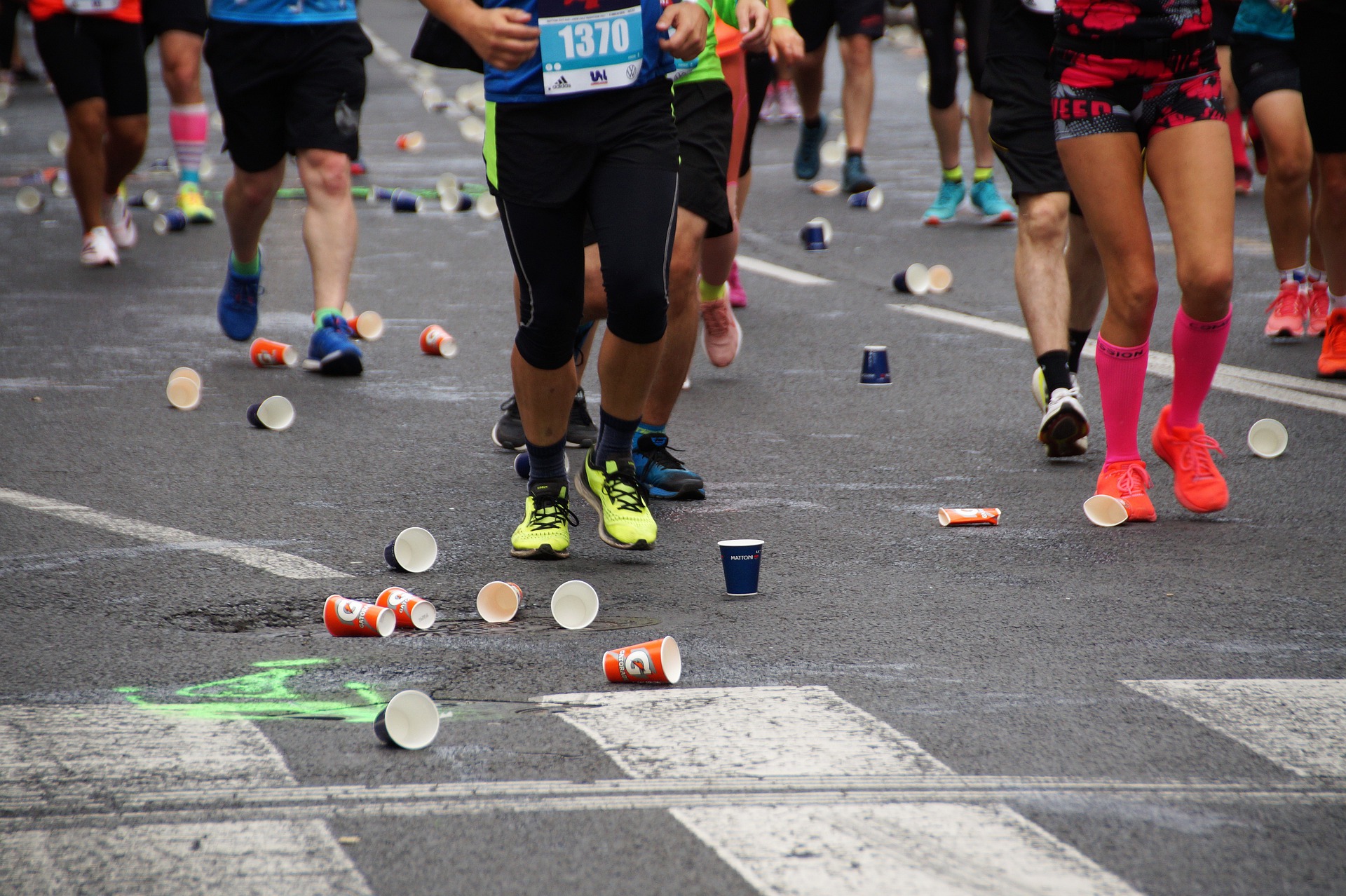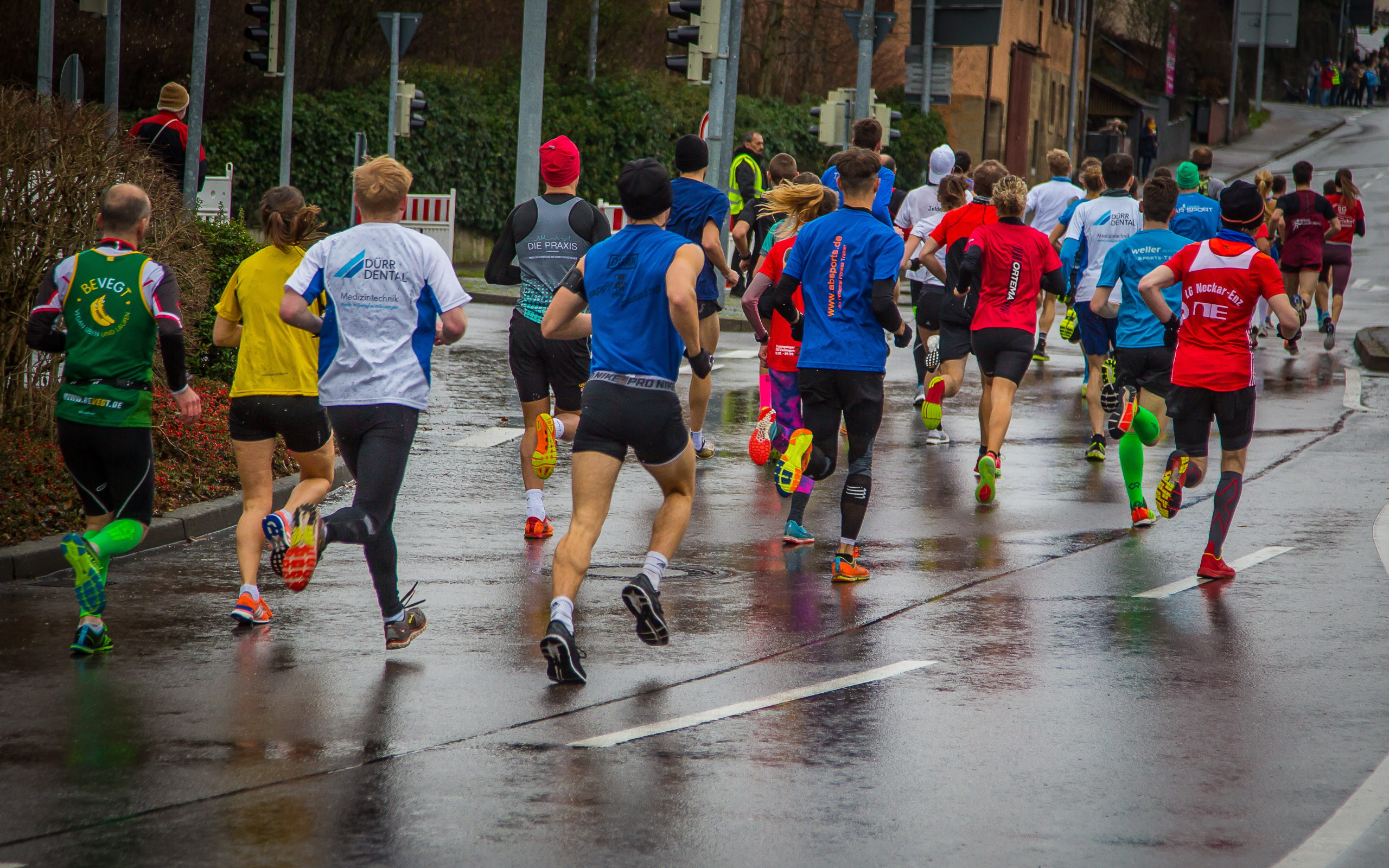The Aid Station: Should Women Fuel Differently Than Men?
Like Beyonce sang, “Who run the world? Girls.” Women really do run the world – over the last decade more women are the people running across the finish lines than men. According to the NY Times, “in the United States alone, women make up 57 percent of finishers — that’s about 10.7 million women racing. Globally, female race participation is up 25 percent, compared to 7 percent for men.”

Women athletes have many differences compared to men athletes when running is involved (some good and some bad):
- Increased flexibility due to women’s hips being wider to prepare for childbirth – good,
- Increased flexibility constituting loose connective tissues with less of a “snap back” on your return – bad,
- An advantage at endurance events due to the additional body fat reserves – good,
- Women are known to be better at pacing themselves during events – good,
- Women have a smaller heart size which results in less oxygenation supplying the body – bad,
- Women tend to be more prone to injuries – bad
Another important difference that makes the list, nutrition. Nutrition plays an important role when it comes to any athlete’s performance, speed, recovery, and risk of injury. The fluctuation in women’s hormone levels complicate their participation in endurance running and their macronutrient requirements. Nutrition needs are based on the athlete’s body reserves and exercise intensity; unlike the usual needs for carbohydrate fueling, women rely on more fat.
The two important nutrients that a female athlete should focus on are water and iron. Whether you are male or female, if you are an athlete then you should learn how to properly hydrate for training/competition. Iron levels for female athletes are not necessarily supposed to be higher but the focus of consuming enough iron throughout their regular meal plan is important.
Young female athletes need to maintain energy to have their reproductive system functioning and their menstrual cycle maintained. Consulting with a dietitian is important due to special considerations like menstrual cycle length and cycle phase length in order to adequately meet nutritional needs.
The typical daily guidance for calorie intake for an active, athletic women should be at least 1,800 calories per day. However, women exercising between six and 10 hours per week should consume around 2,500 calories per day, while those exercising for 10 to 20 hours per week may need more than 3,000 calories daily.
There are many differences between men and women. Nutrition and fueling is among one of them. As the growth in women athletics increases, it is very important that it is met with proper perspective and taking these differences into consideration. This will hopefully lead to more success and even higher participation by the female athlete.
Add Comment
You must be logged in to post a comment.







